The Ravenna, The Manticora and 11 Somewhat Lesser-Known Monsters
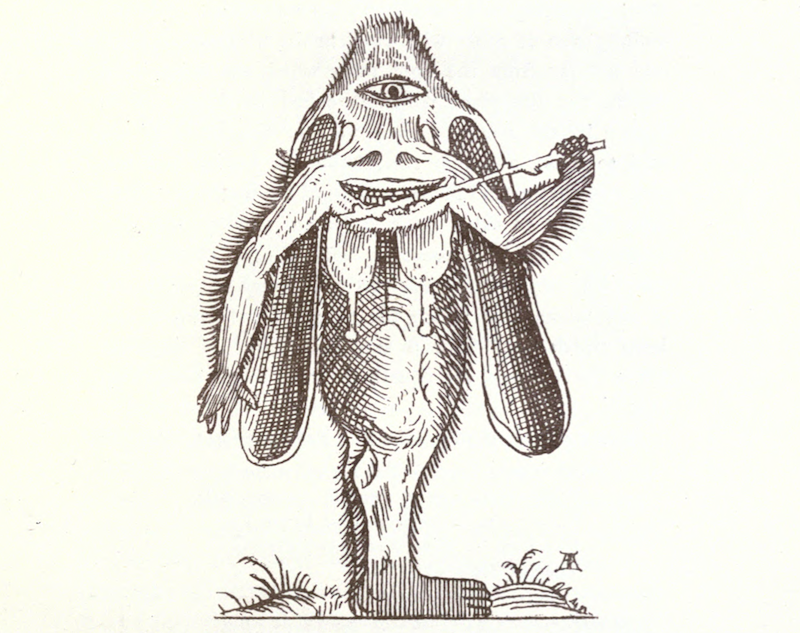
An average cyclops, picking some average human bones out of his teeth with a stick. (Image: Biodiversity Heritage Library/Digitized by University of California Libraries)
When you consider the world’s actual biodiversity, our fantasy menageries start to seem sparse. Sure, dragons, mermaids, and cyclops are cool enough—but why settle? What about all the horrific non-creatures that have vanished from the collective imagination, never to be feared again? Who remembers them?
Thank goodness for John Ashton. Born in 1834, Ashton was too late to map the globe, but too early to shoot for outer space or the deep oceans (or to work for Atlas Obscura). A contemporaneous review of his work describes him as, instead, an explorer of libraries—“he brings within the ken of the public the information and illustrations for which the explorer or the scholar has had to hunt for in out-of-the-way and half-forgotten volumes.” His books deal with narrow but gripping subjects: street ballads, the history of bread, and eighteenth century waifs, to name a few. But his greatest contribution to the field was doubtlessly Curious Creatures in Zoology, his 1890 attempt to preserve the concoctions, hallucinations, and other hopeful, fearful missteps ginned up by early naturalists.

Sometimes one mistake is enough to transform a gentle creature—this antelope isn’t far off, save for the fangs. (Image: Biodiversity Heritage Library/Digitized by University of California Libraries)
In the good old days, Ashton explains—before science, and photography—illustrations and long explanations were enough to convince the world that unicorns were out there. “Now that modern travel has subdued the globe, and inquisitive strangers have poked their noses into every portion of the world… gradually, the old stories are forgotten,” he writes in the volume’s introduction. “It is to rescue some of them from the oblivion into which they were fast falling, that I have written, or compiled, this book… a collection of zoological curiosities, put together to suit the popular taste of to-day”—taste that, judging by our modern interests, has not changed much in the past century. Here are eleven of his best rescues.
1. THE MANTICORA
 The Manticora, triple-smiling for its portrait. (Image: Biodiversity Heritage Library/Digitized by University of California Libraries)
The Manticora, triple-smiling for its portrait. (Image: Biodiversity Heritage Library/Digitized by University of California Libraries)
According to Aristotle, this guy has all the fixin’s: face of a man, tail of a scorpion, big as a lion, fast as a stag, color of blood, “three rows of teeth in each jaw,” “utters a noise resembling the united sound of a pipe and a trumpet,” “is wild,” and “devours men.” It featured heavily in the nightmares of Victorian children.
2. THE RAVENNA
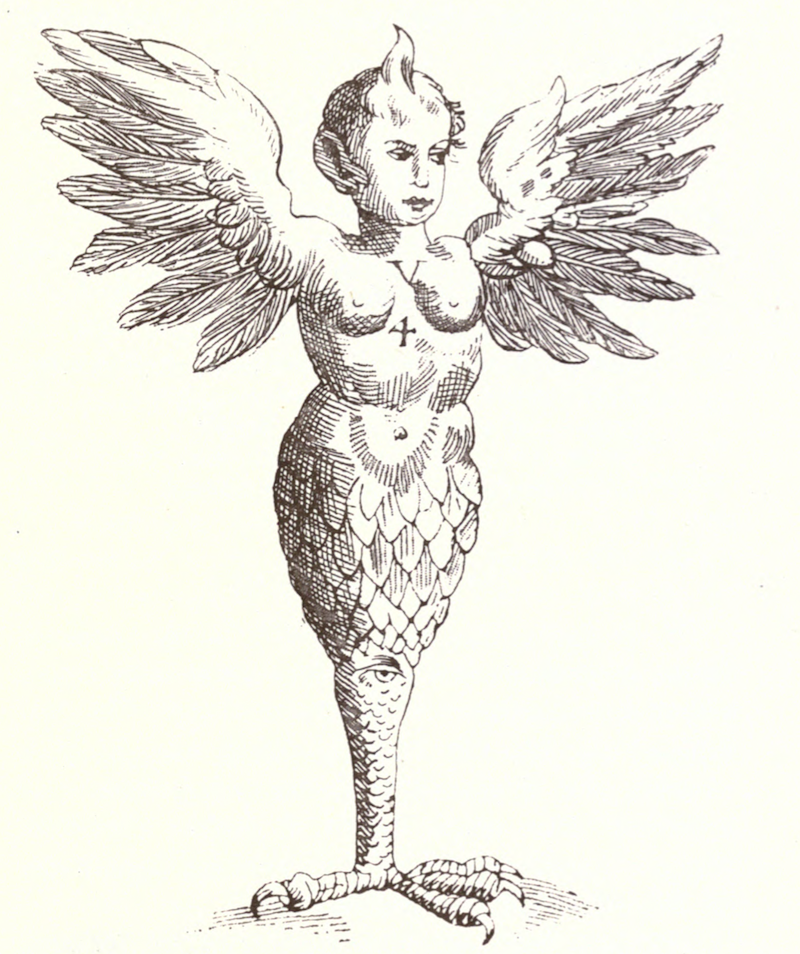 The Ravenna, with extra eyes to make up for its lack of limbs. (Image: Biodiversity Heritage Library/Digitized by University of California Libraries)
The Ravenna, with extra eyes to make up for its lack of limbs. (Image: Biodiversity Heritage Library/Digitized by University of California Libraries)
This monster was “born in Ravenna in 1511 or 1512” and was “of both sexes.” Despite its lack of arms, it did a lot of damage—according to a verse by Marcellus Palonius Romanus, its double identity meant it had no trouble threatening “double slaughter.”
3. THE GORGON
 The Gorgon re-ups on poysonfull hearbs. (Image: Biodiversity Heritage Library/Digitized by University of California Libraries)
The Gorgon re-ups on poysonfull hearbs. (Image: Biodiversity Heritage Library/Digitized by University of California Libraries)
The Gorgon may look like a harmless, scaly cow, but don’t be fooled. “It eateth deadly and poysonfull hearbs, and if at any time he see a Bull, or other creature whereof he is afraid… sendeth forth of his throat a certaine sharpe and horrible breath, which infecteth, and poysoneth the air above his head, so that all living creatures which draw the breath of that aire are greevously afflicted thereby.”
4. THE LAMIA
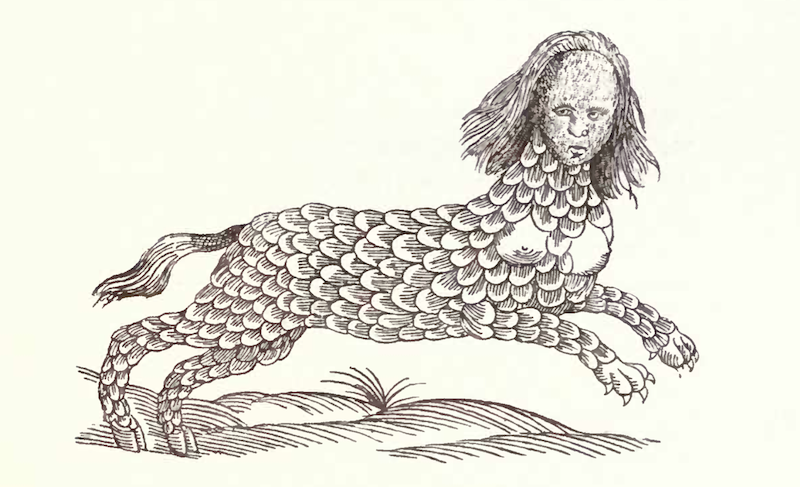 Beware the irresistible gaze of the Lamia. (Image: Biodiversity Heritage Library/Digitized by University of California Libraries)
Beware the irresistible gaze of the Lamia. (Image: Biodiversity Heritage Library/Digitized by University of California Libraries)
The Lamia was originally an admittedly mythological creature, who seduced men and gods alike with her comely face and “pleasing hissings.” Later, though, Roman explorers were sure their real-life equivalents were eating shipwrecked soldiers in Libya.
5. THE MIMICK DOG
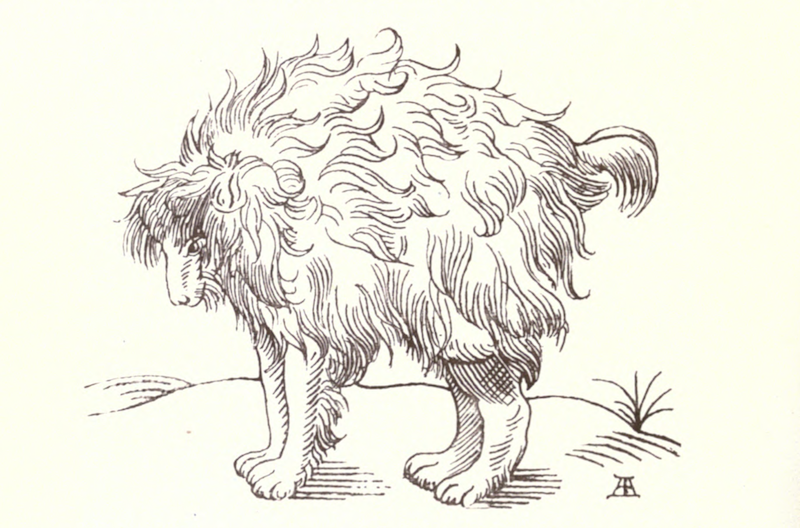 The Mimick Dog: Can you even tell it’s him, what with his mimicking skills? (Image: Biodiversity Heritage Library/Digitized by University of California Libraries)
The Mimick Dog: Can you even tell it’s him, what with his mimicking skills? (Image: Biodiversity Heritage Library/Digitized by University of California Libraries)
Ancient authorities thought this dog was the offspring of a hedgehog and an ape. John Ashton is pretty sure he’s just a poodle. Regardless, he’s talented—he can “leap, play, and dance,” work as a servant, fetch and play dead.
6. THE SU

The Su, an overprotective monster mom. (Image: Biodiversity Heritage Library/Digitized by University of California Libraries)
A “cruell, untamable, impatient, violent, ravening, and bloody beast.” When trapped by hunters, the Su would “roareth, cryeth, howleth, brayeth… uttereth a fearefull, noysome, and terrible clamor,” and eat her own cubs rather than let them be taken alive.
7. THE FOUR-FOOTED DUCK
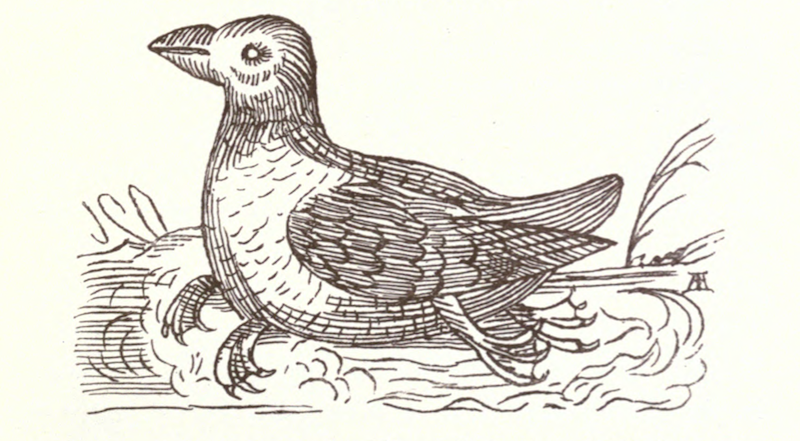
The Four-Footed Duck. (Image: Biodiversity Heritage Library/Digitized by University of California Libraries)
All that is known of the four-footed duck is that it has four feet. Somehow, though, that is enough.
8. THE LEONINE MONSTER
 There is some confusion as to whether the Leonine Monster is an aquatic or a land creature. (Image: Biodiversity Heritage Library/Digitized by University of California Libraries)
There is some confusion as to whether the Leonine Monster is an aquatic or a land creature. (Image: Biodiversity Heritage Library/Digitized by University of California Libraries)
Whoever drew this particular Leonine Monster apparently was a bad sketch artist—the original discoverer of the creature complained that he made the feet are longer than they ought to be, and the ears too large. He did not comment on the moustache, tail-claws, or pronounced cranium, so we should assume they’re correct.
9. THE LAMB TREE
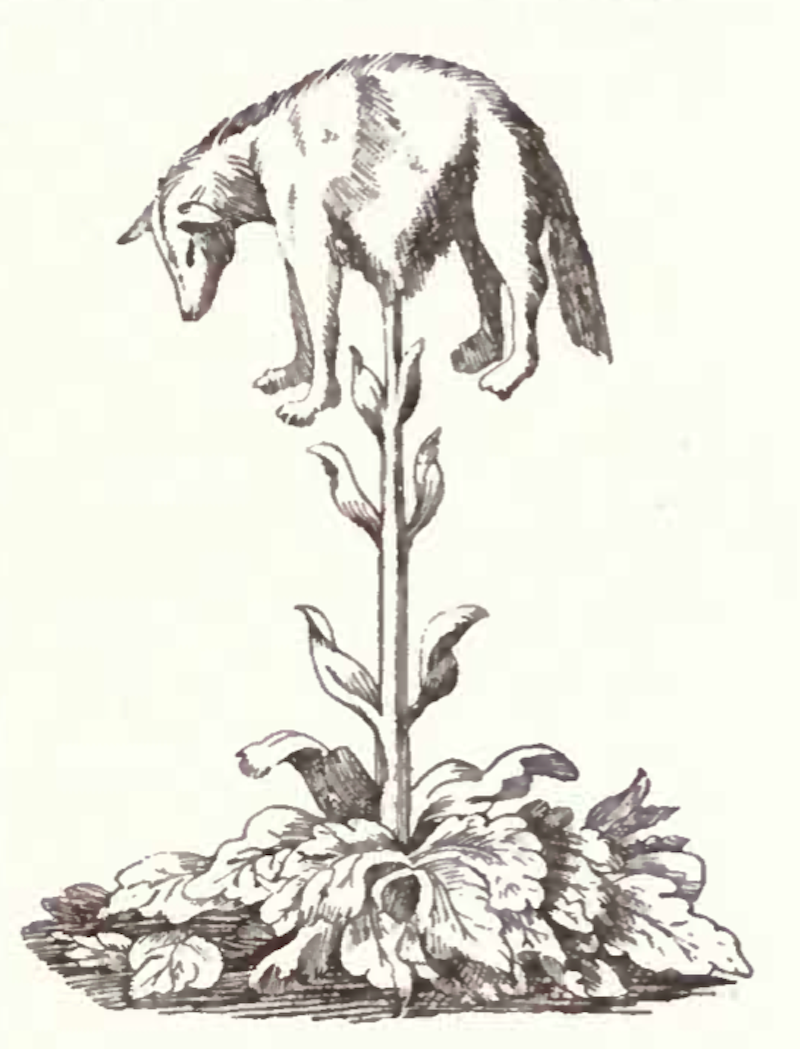
This Lamb Tree is not to be confused with the related lamb plant, on which tiny lambs grew in pods. (Image: Biodiversity Heritage Library/Digitized by University of California Libraries)
The life of a lamb tree was rough—it could only graze on the grass it could reach, and it was in constant danger of wolf attacks. Men could only kill it if they severed the stem with “well-aimed arrows or darts.”
10. THE MOON WOMAN
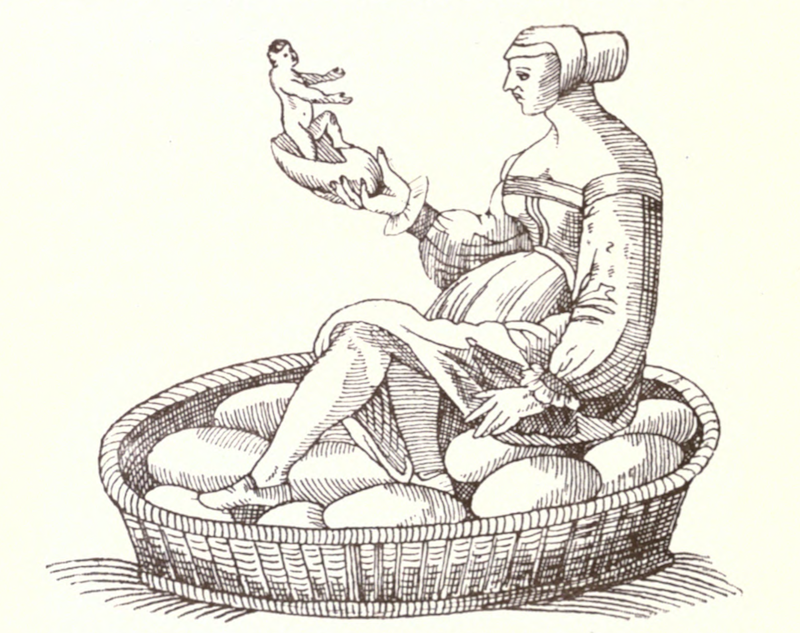 The Moon Woman examines one of her progeny. (Image: Biodiversity Heritage Library/Digitized by University of California Libraries)
The Moon Woman examines one of her progeny. (Image: Biodiversity Heritage Library/Digitized by University of California Libraries)
The Moon Woman “lays eggs, sits upon them, and hatches Giants,” so just imagine how giant she must be.
11. THE BASILISK

The Basilisk “destroys all shrubs… it burns up all the grass too, and breaks the stones, so tremendous is its noxious influence.” (Image: Biodiversity Heritage Library/Digitized by University of California Libraries)
See the small crown on the Basilisk’s head? That’s because he is King of Serpents—“not for his magnitude or greatnesse… but because of his stately pace, and magnanimious mind,” and because he walks on eight legs instead of slithering.










Follow us on Twitter to get the latest on the world's hidden wonders.
Like us on Facebook to get the latest on the world's hidden wonders.
Follow us on Twitter Like us on Facebook